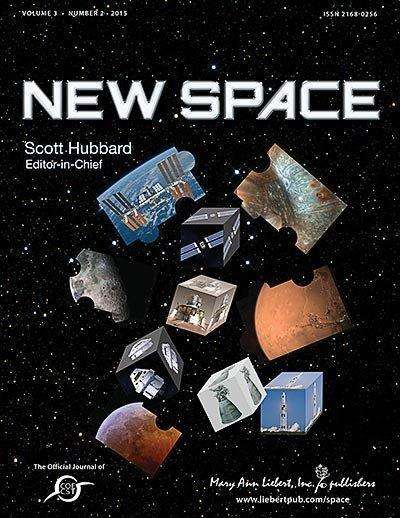New plan proposed to send humans to Mars

A new, cost-constrained U.S. strategy to send humans on Mars, could be achieved within projected NASA budgets by minimizing new developments and relying mainly on already available or planned NASA assets. This approach is described in "A Minimal Architecture for Human Journeys to Mars," published in New Space.
Coauthors Hoppy Price, John Baker, and Firouz Naden, Jet Propulsion Laboratory, California Institute of Technology, Pasadena, CA, propose a long-term, stepwise series of missions to Mars that would begin with a crew landing on Mars's moon Phobos in 2033, and followed by a short-stay mission in 2039 and a year-long landing in 2043.
In the Editorial "We Can Send Humans to Mars Safely and Affordably," Editor-in-Chief G. Scott Hubbard, Stanford University, describes the complex engineering, safety, and health issues related to long-term space travel that have already been overcome. "With all of these previous technical and fiscal issues addressed, we can again believe that the dream of sending people to Mars is alive," Professor Hubbard says. "The next step is to build a broad consensus around the goal and strategy for a long term, humans to Mars program." The Editorial is also available free on the New Space website until July 29, 2015.
More information: The article is available free on the New Space website until July 29, 2015. online.liebertpub.com/doi/full … 1089/space.2015.0018
Provided by Mary Ann Liebert, Inc




















